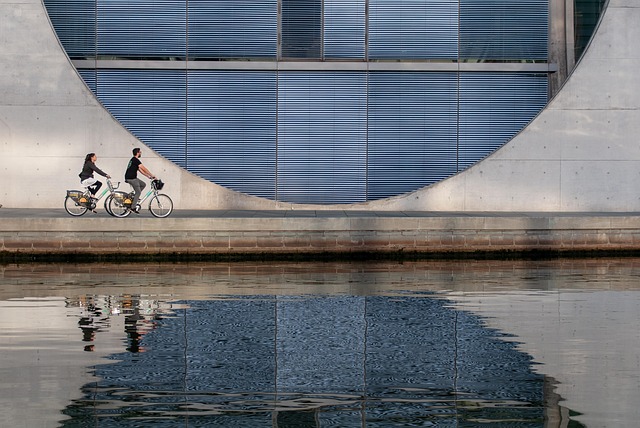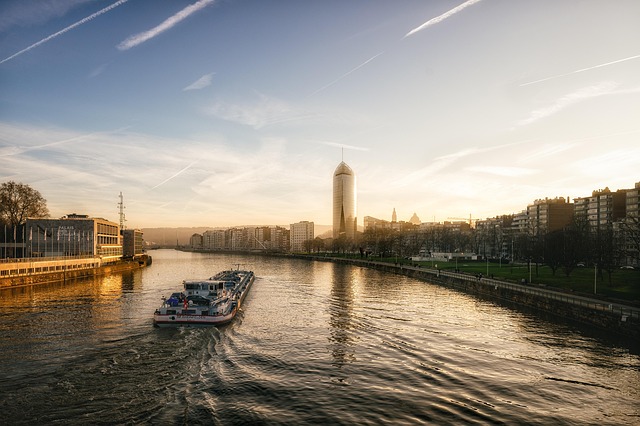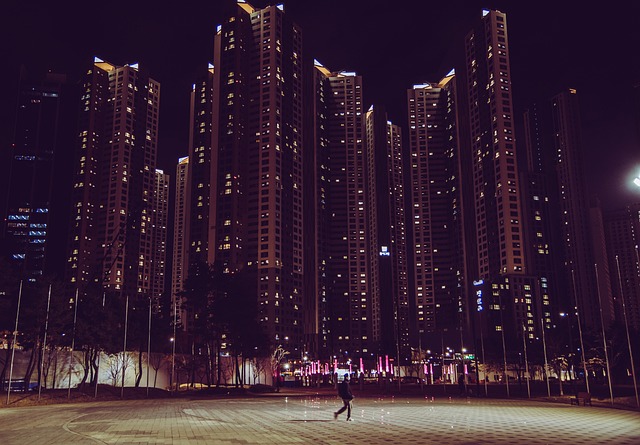In Karachi, strict construction bylaws are vital for maintaining the city's aesthetic appeal, historical character, and balanced growth. The regulations in historic areas like Shahra-e-Qaideen set zoning restrictions, height limits, design guidelines, and material choices to preserve its unique character. These laws aim to ensure responsible development, improve accessibility, enhance quality of life, and maintain green spaces. By adhering to these guidelines, Karachi can accommodate its growing population while preserving its vibrant metropolis identity.
Explore the intricate world of construction bylaws in Karachi, particularly those governing Shahra-e-Qaideen. This article delves into the crucial aspects shaping urban development, offering a comprehensive overview. We examine key regulations, their impact on Karachi’s growth, and potential challenges. From ensuring structural safety to fostering sustainable development, these bylaws play a pivotal role. Discover how effective implementation can revolutionize Karachi’s skyline while addressing past shortcomings for a brighter future.
- Understanding Construction Bylaws in Karachi: A Brief Overview
- Key Aspects of Shahra-e-Qaideen's Construction Regulations
- Impact and Benefits for the City's Growth
- Challenges and Future Improvements in Implementation
Understanding Construction Bylaws in Karachi: A Brief Overview
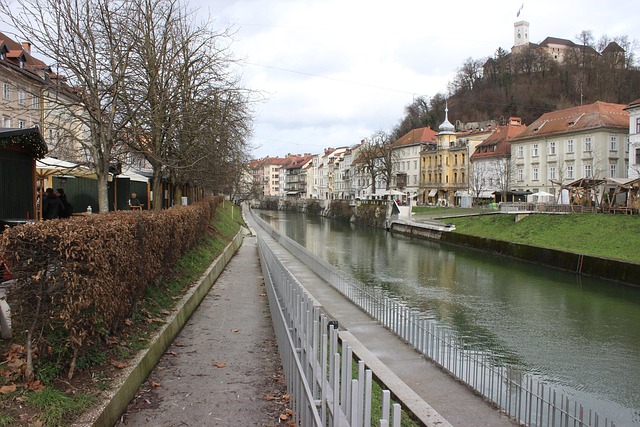
In the vibrant and bustling city of Karachi, understanding construction bylaws is paramount for any individual or entity involved in building development. These regulations, designed to ensure safety, maintain order, and preserve the aesthetic allure of the metropolis, form the backbone of urban planning. Construction projects in Karachi must adhere to stringent guidelines covering everything from zoning restrictions to building materials, ensuring that new constructions enhance, rather than disrupt, the existing tapestry of the city.
Karachi’s construction bylaws are a comprehensive set of rules tailored to meet the unique challenges and needs of Pakistan’s largest metropolitan area. They address various aspects, including structural integrity, fire safety, environmental impact, and infrastructure development, reflecting the city’s commitment to sustainable growth. By adhering to these bylaws, developers, architects, and contractors contribute to the ongoing metamorphosis of Karachi while respecting its rich history and ensuring a bright future.
Key Aspects of Shahra-e-Qaideen's Construction Regulations

Shahra-e-Qaideen, a prominent area in Karachi, is renowned for its stringent construction bylaws, designed to maintain the aesthetic appeal and structural integrity of the region. These regulations cover various aspects, from zoning restrictions to building materials and designs, all aimed at preserving the unique character of the neighborhood. One key aspect is the emphasis on height limitations, ensuring that buildings remain scalable and do not overshadow historic structures or create a sense of claustrophobia in narrower lanes.
Additionally, the bylaws dictate specific design elements, such as facade treatments and roof types, promoting a harmonious blend of traditional and modern architectural styles. They also regulate the use of certain materials, prioritizing those that align with the area’s heritage and are environmentally sustainable. These stringent guidelines make Shahra-e-Qaideen not just a historic district but also a model for balanced urban development in Karachi.
Impact and Benefits for the City's Growth
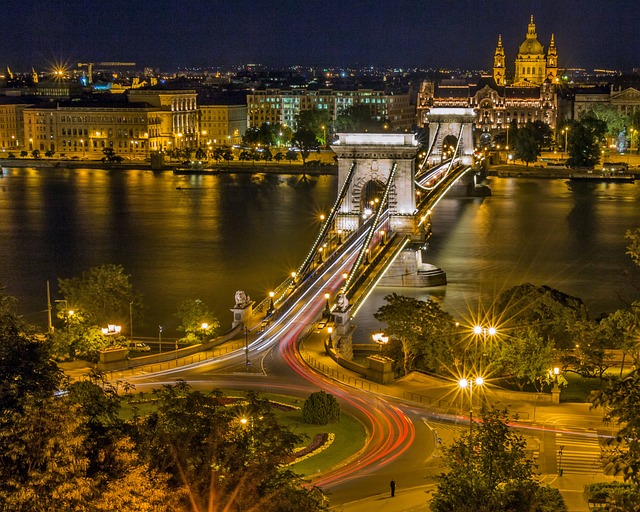
The construction bylaws of Shahra-e-Qaideen, Karachi, mark a significant step in the city’s development trajectory. These regulations aim to shape the urban landscape by promoting sustainable and structured growth. By implementing strict guidelines for building heights, density, and infrastructure, the bylaws ensure that the city expands in an organized manner, preserving its balance and charm. This systematic approach has far-reaching implications for Karachi’s future, fostering a more livable and aesthetically pleasing environment.
The benefits are multifaceted; it encourages responsible development, minimizing the negative impacts often associated with urban growth. The bylaws can help prevent overcrowding, improve accessibility, and enhance overall quality of life for residents. Moreover, they promote the preservation of green spaces, ensuring Karachi retains its identity as a vibrant metropolis while accommodating its growing population.
Challenges and Future Improvements in Implementation
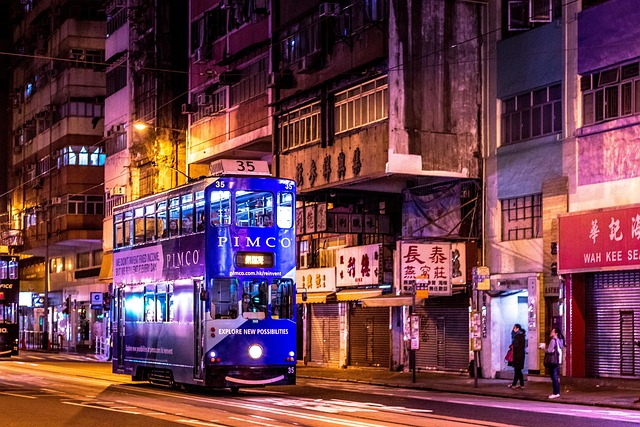
Despite the stringent construction bylaws in place, such as those aimed at regulating heights and densities in Karachi’s Shahra-e-Qaideen, challenges persist in their effective implementation. One significant hurdle is the lack of proper enforcement mechanisms, leading to non-compliance by developers who often find loopholes or delay procedures. This results in unauthorized construction, compromising the structural integrity of buildings and causing urban sprawl.
Looking ahead, there’s a pressing need for digital transformation in building permit systems to streamline processes and enhance transparency. Regular training sessions for officials and mandatory awareness campaigns among citizens can significantly improve compliance. By addressing these challenges head-on, Karachi can aspire to a more sustainable and regulated construction landscape, ensuring the well-being of its residents and preserving the city’s architectural integrity.
The construction bylaws of Shahra-e-Qaideen, Karachi, play a pivotal role in shaping the city’s skyline and ensuring sustainable growth. By understanding and adhering to these regulations, developers can contribute to the urban landscape while mitigating potential challenges. The impact of these bylaws is evident in the organized development of Karachi, fostering a harmonious blend of modern architecture and community needs. As the city continues to evolve, addressing implementation gaps and staying responsive to changing dynamics will be crucial for maintaining Shahra-e-Qaideen’s status as a model for urban construction in Pakistan.
